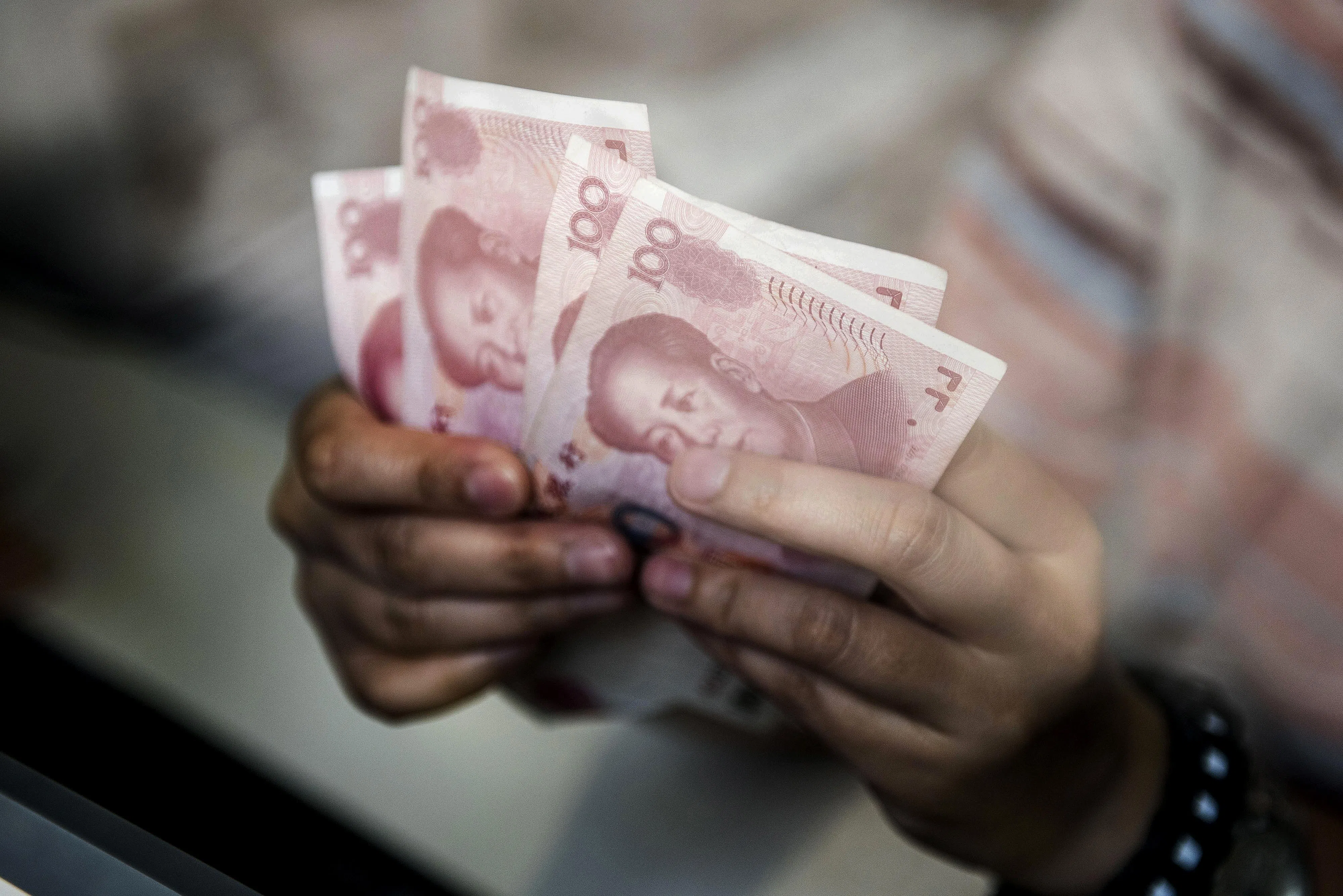THE offshore yuan’s year-end slide to its weakest since 2022 is set to put the China’s daily reference rate for the currency in focus as the market assesses policymakers’ potential red line for defence.
The offshore yuan fell as much as 0.7 per cent to 7.3695 per US dollar in the last session of 2024, the weakest since October 2022. The decline may pressure the People’s Bank of China (PBOC) to underpin sentiment by setting a strong fixing. The onshore yuan has been relatively steady, testing the 7.3 level multiple times last month but failing to break it.
China’s currency has come under pressure in recent months amid persistent concerns about the country’s growth and escalating trade tensions with the US, as president-elect Donald Trump threatens higher tariffs. The PBOC had been setting the fixing at stronger-than-expected levels since November, while state-owned banks sold US dollars occasionally to cap weakness in the yuan. Still, Wall Street banks are forecasting a potential decline in the yuan to 7.5 in the new year, speculating Beijing will allow it to weaken more.
Ample liquidity and a slide in Chinese bond yields were also pressuring the yuan as the Asian nation’s interest rate disadvantage relative to the US remains wide. The PBOC injected a net 1.7 trillion yuan (S$318 billion) of cash in December via new tools launched in October. Yields on China’s benchmark sovereign notes fell to 1.68 per cent at the end of the year, the lowest on record.
“Markets are understandably bearish on the yuan given the risk of another trade conflict between the US and China in Trump’s second term,” said Fiona Lim, senior strategist at Maybank. “Before that becomes a reality however, the Chinese authorities would want to keep such bets against the yuan from snowballing. Yuan weakness tends to undermine confidence in its financial markets.” BLOOMBERG
Share with us your feedback on BT’s products and services



